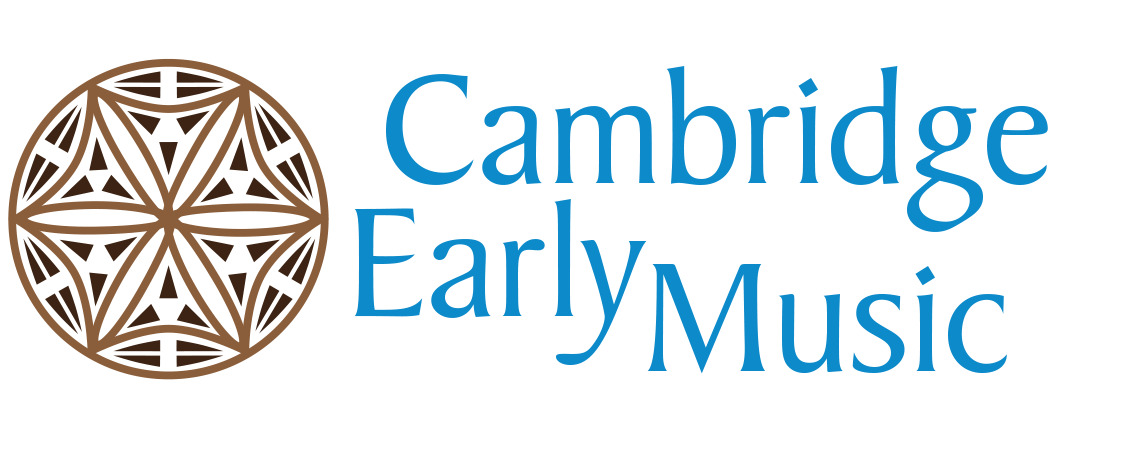Mr Byrd’s Private Music: Music for recreation and devotion in Byrd’s inner circle
A chance to look in depth at the incomparable music of William Byrd: motets, madrigals, masses, viol consorts, solo consort songs (some arranged as lute songs) and consort anthems (including two newly-reconstructed works). We will work in small groups at a high level, with one voice/instrument per part, and also in the form of ‘open lessons’. Participants will be encouraged to work autonomously as well as under the direction of our tutors. Voices and instruments will work together and apart. Each day will start with an Alexander Technique-based warm-up. All our music-making will be ‘framed to the life of the words’ – led by the texts which meant so much to Byrd.
Byrd’s friend Edward Paston made lute arrangements of many of Byrd’s vocal works, some of them the only surviving examples of these works. These arrangements form the basis for more reconstructions (all are featured in William Hunt’s ‘In Chains of Gold’ series). How were these lute parts used? The opportunity to study them here opens the door to ways that voices, together with lutes and viols, may have taken part in domestic devotion as well as recreation.or Simple Text
Les Cris de Paris: The Sounds of Court & City in the 16th century France
This week was focused on the varied, moving and often playful music that emerged from France during the turbulent 16th century. The varied repertoire included double-choir sacred motets, instrumental dance music published by Pierre Attaingnant, exquisite airs de cour (by composers such as Sermisy and Tessier) and the ingenious instrumental fantasias of Eustache du Caurroy.
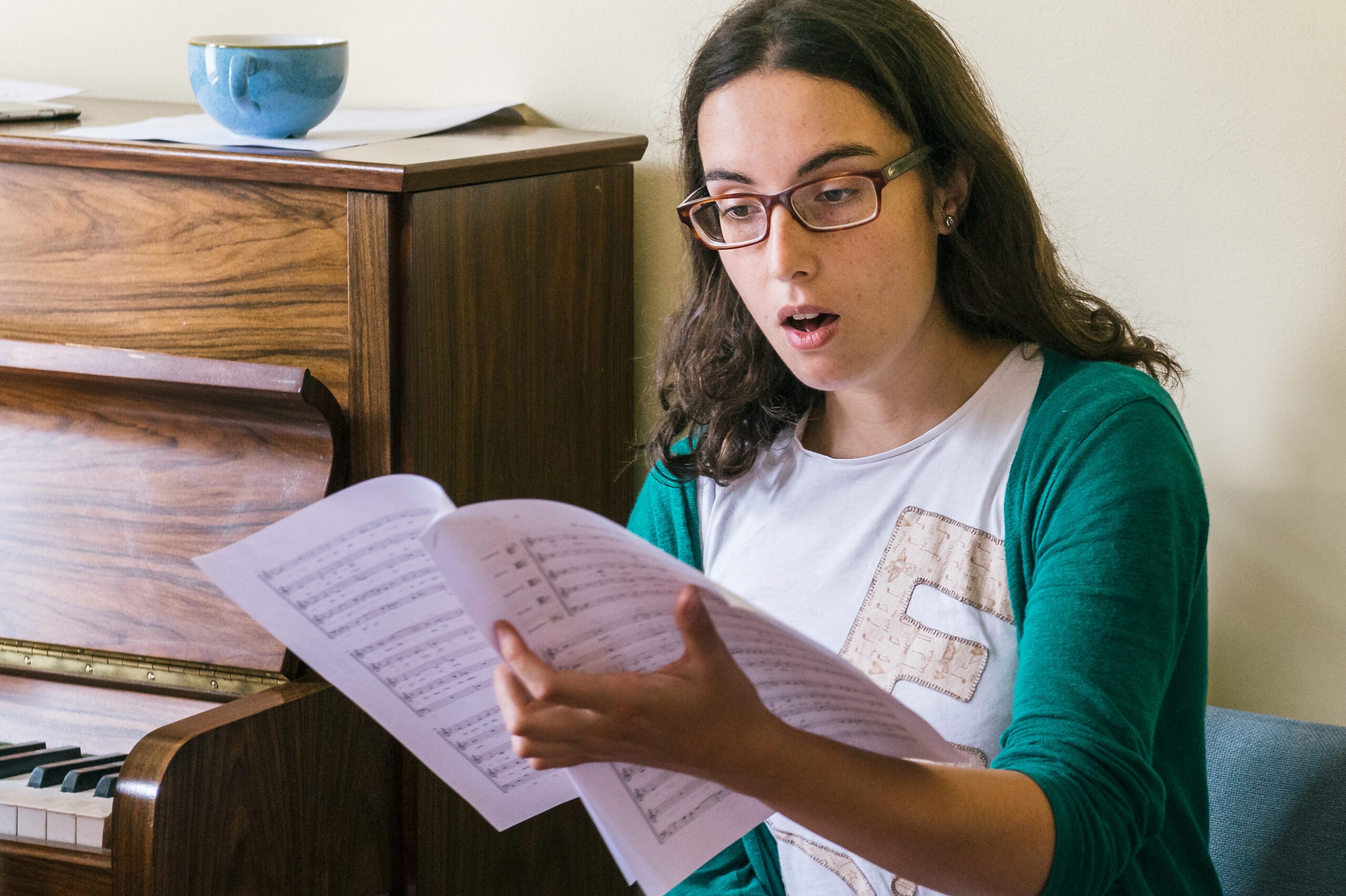
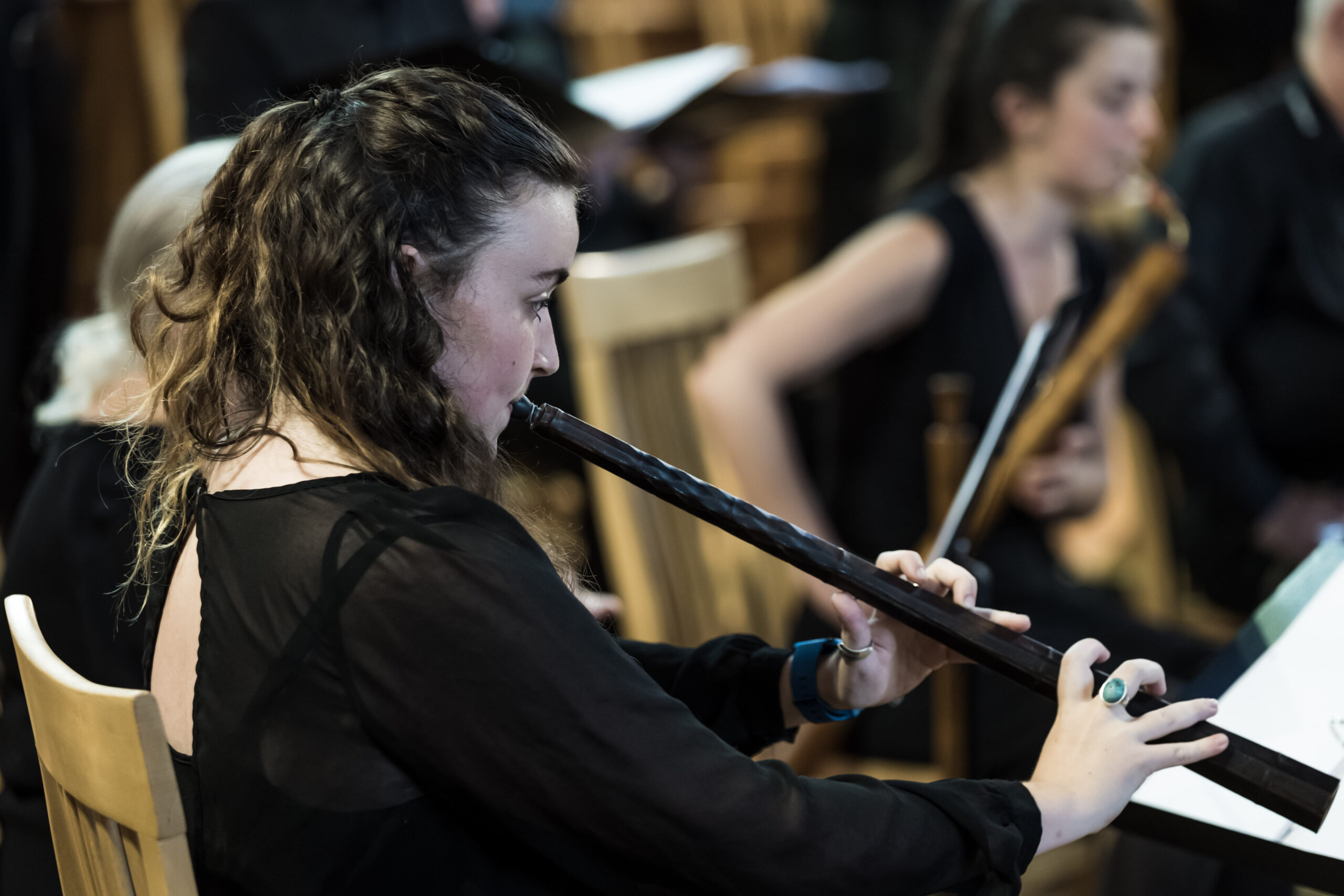
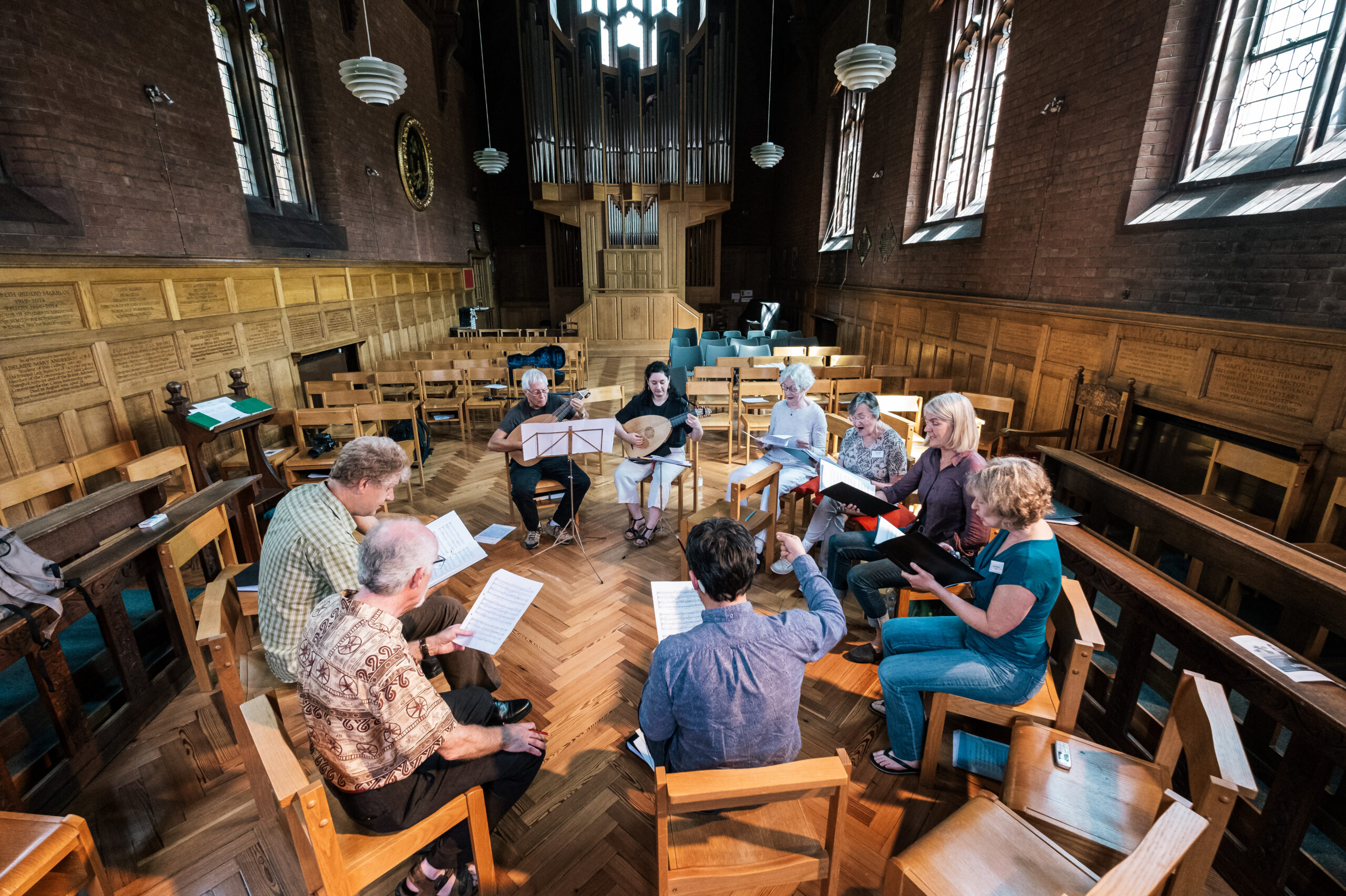
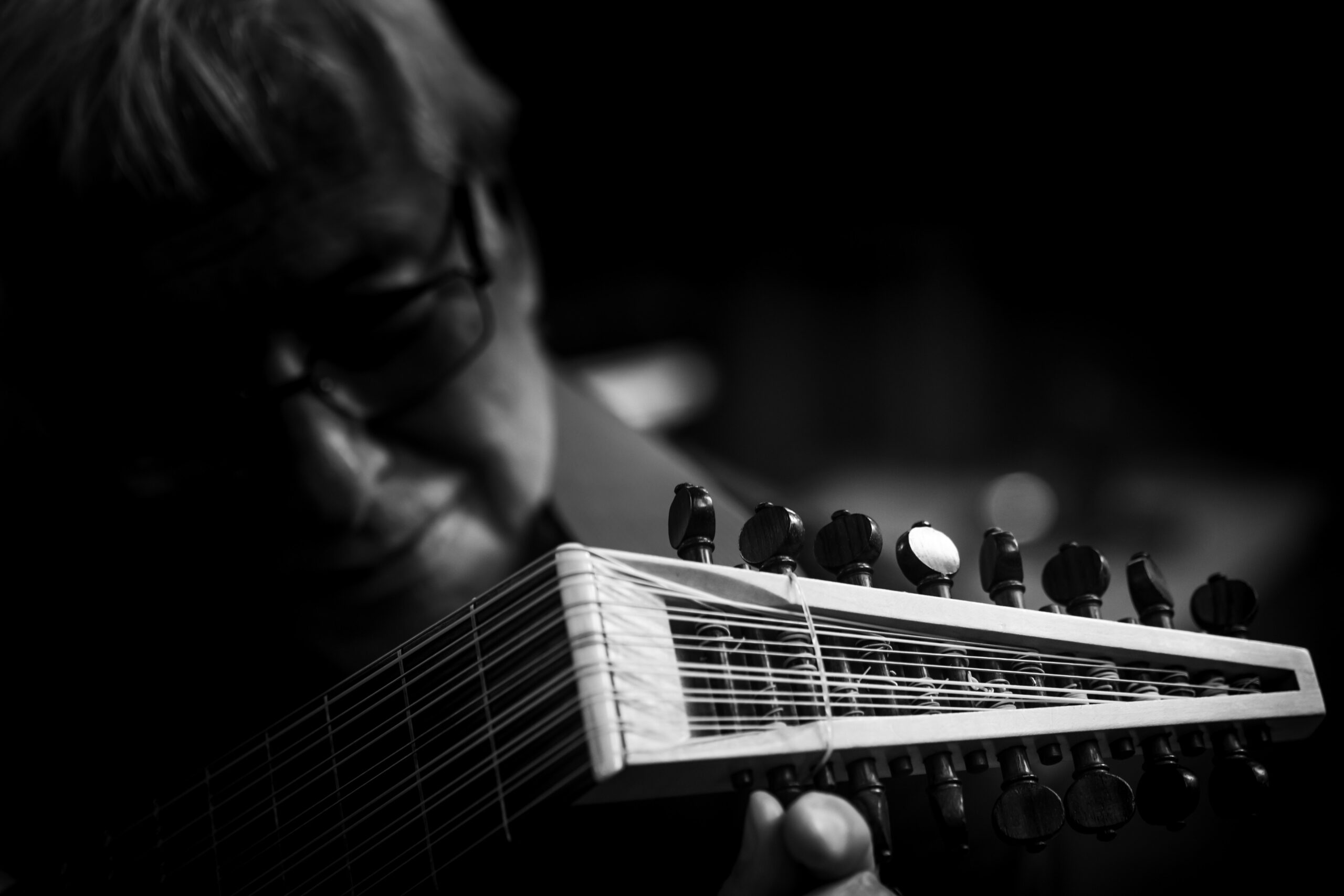
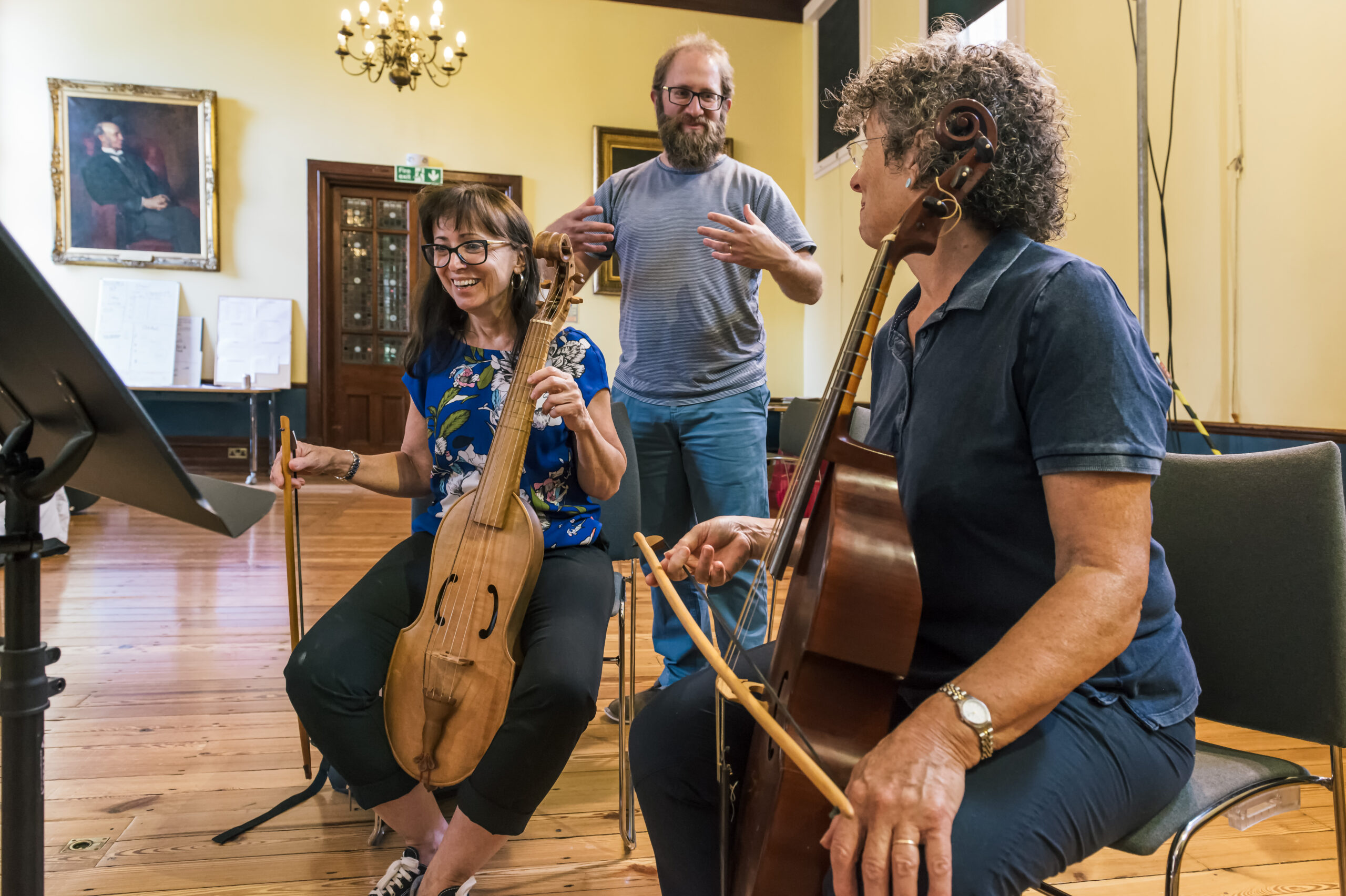
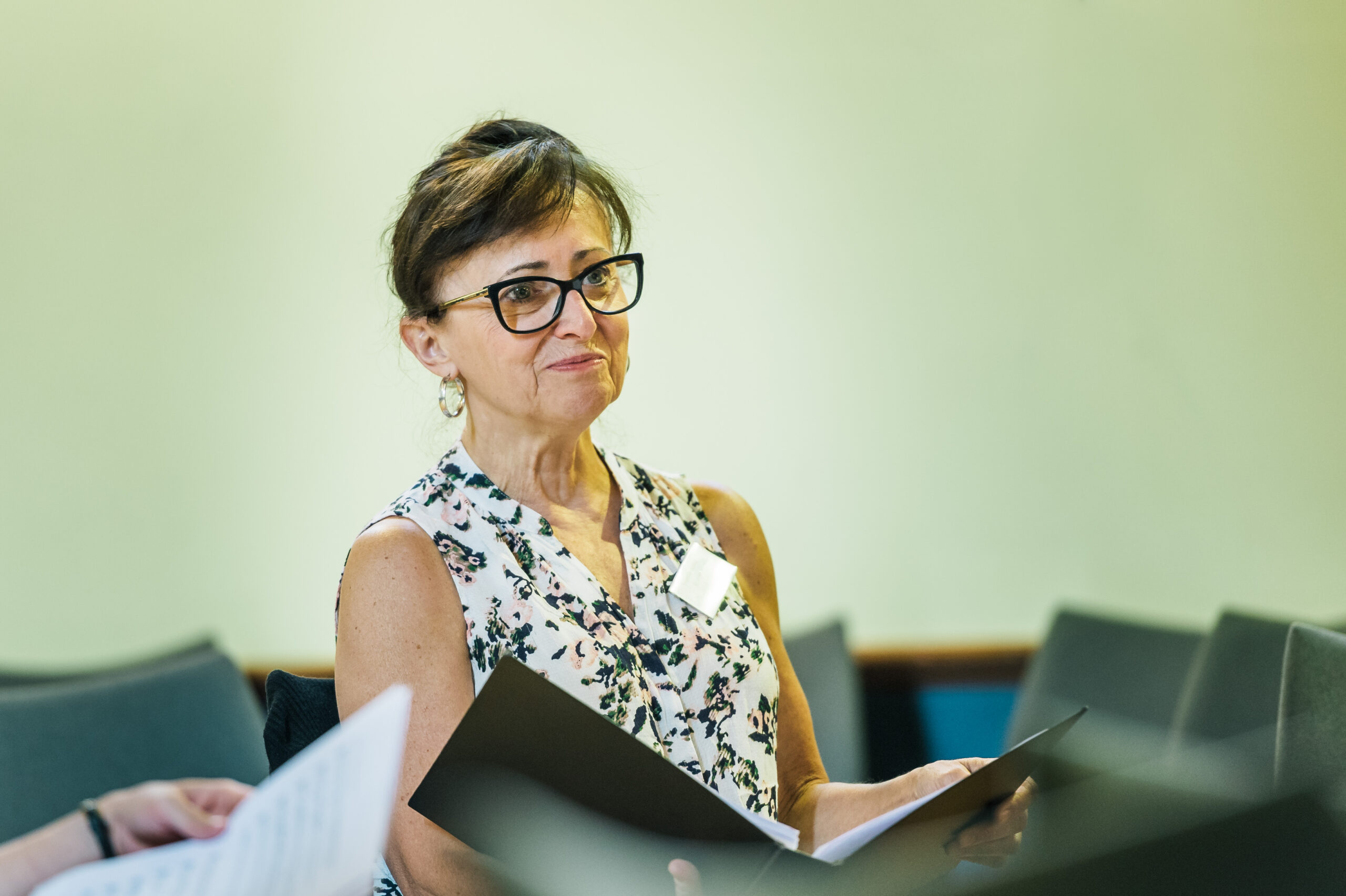
Made in Venice: Willaert, de Rore, Ganassi and Bassano, masters of the 16th century
Throughout the sixteenth century Venice was, of course, a major centre of music and culture in its own right. It was also the centre from which musicians, their music, and the instruments they played were exported and imported all over Europe.
During this course we explored not only the magnificence of multi-choir motets, but also the intimacy and intensity of the ‘Venetian’ madrigals of Adrian Willaert and Cypriano de Rore, combining voices and instruments. As well as working with our singers, instrumentalists were able to follow in the footsteps of Venetian masters from Sylvestro Ganassi to Giovanni Bassano, those masters of virtuosity and sensitivity to text and rhetoric, as well as exploring the more ceremonial (and foot-tapping) repertoire of the piffari.
Los Reyes Católicos: Music from the Courts and Chapels of sixteenth-century Spain
Ferdinand of Aragón and Isabella of Castile ruled jointly over Spain after their marriage in 1469. It was their sometimes brutal defence of their faith which led Pope Alexander VI in 1494 to grant them the title ‘Los Reyes Católicos’. The flavour of the court—in turn pious, romantic and bawdy—is captured perfectly in the words and music of the court song-book, the ‘Cancionero Musical de Palacio’, which was the natural starting-point for our week’s study. We followed the trail of Spanish music through the sixteenth century, and from Spain itself to elsewhere in Europe, taking in the Cancionero via villancicos and vihuela songs by Narvaez and Mudarra, motets by Guerrero and Morales, and the monumental six-part Requiem (or Officium Defunctorum) by Victoria.
